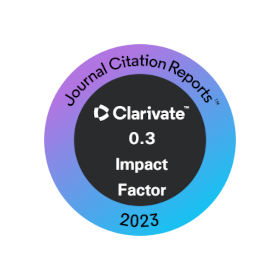Agronomic response of sweet pepper (Capsicum annuum L.) to application of Bacillus subtilis and vermicompost in greenhouse
DOI:
https://doi.org/10.28940/terra.v38i3.737Keywords:
protected agriculture, leaf area, biofertilization, productionAbstract
The use of agrochemicals in sweet pepper (Capsicum annuum L.) cultivation has led to the search for fertilization alternatives, such as Bacillus subtilis and vermicompost, which are options to produce food without affecting the environment and human and animal health. Thus, the objective of this study was to evaluate the effect of incorporating Bacillus subtilis and vermicompost, individually or mixed, on the agronomic response of C. annuum L.) under greenhouse conditions. A completely randomized design with 15 replicates was used for each treatment where T1 = chemical fertilizer; T2 = B. subtilis; T3 = B. subtilis + chemical fertilizer; T4, T5, T6 = 280, 380, 570 g of vermicompost, respectively; T7, T8, T9 = B. subtilis + 280, 380, 570 g of vermicompost, respectively. At 90 days after sowing (DAS), the following variables were evaluated: height, stem diameter, number of leaves, buds, and flowers, leaf area, fruit production, and bacterial population (colony forming units, CFU). The sweet pepper plants with the highest dose of vermicompost (570 g) plus B. subtilis showed the greatest increase in all the variables evaluated, exceeding the plants with the chemical fertilizer only. The mixed application of B. subtilis + vermicompost can be an alternative for the production of C. annuum L. without having to use chemical fertilizers.
















